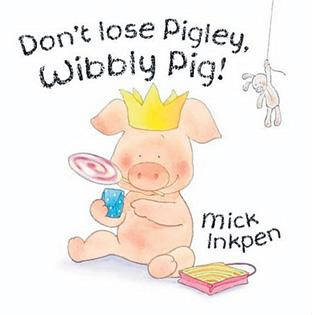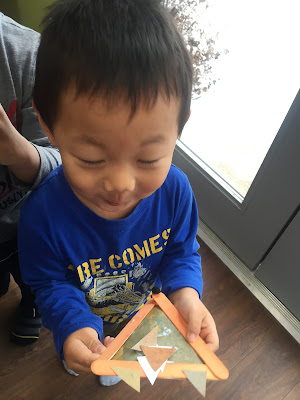Interesting facts about reindeer:
- Reindeer are also known as caribou
- they can live up to 15 years in the wild
- they can weigh anywhere between 240-700 pounds
- they are the only deer in which males and females grow antlers
- a male reindeer is called a buck, a female reindeer is called a doe, and a baby reindeer is called a fawn
- they can run up to 50 miles per hour
- a reindeer's milk has more fat than a cow's milk
We read:
Little Reindeer: Finger Puppet Book
Peek-a-Boo Reindeer, by Charles Reasoner
Rudolph the Red-Nosed Reindeer, illustrated by David Wenzel
Santa's Reindeer Games, by Samantha Berger
Rudolph the Red Nosed Reindeer: Oh Nose! by Dennis Shealy
There Was an Old Lady Who Swallowed a Bell, by Lucille Colandro
Santa and the Littlest Reindeer
Rudolph the Red-Nosed Reindeer, by Kisten L. Depken
Rusty to the Rescue, by Stella Gurney
Merry Christmas Samantha Reindeer, by Eugene Bradley Coco
We sang:
The Reindeer Song
One little two little three little reindeer,
Four little five little six little reindeer,
Seven little eight little nine little reindeer,
Ten little reindeer fly the sleigh!
Ten little nine little eight little reindeer,
Seven little six little five little reindeer,
Four little three little two little reindeer,
One little reindeer leads the way!
Rudolph the Red Nosed Reindeer
Then we made our reindeer craft:
For snack, we had some sweet grapes!
That's all for 2016! We'll see you in the new year!
Merry Christmas! Have a safe and happy new year!




























































